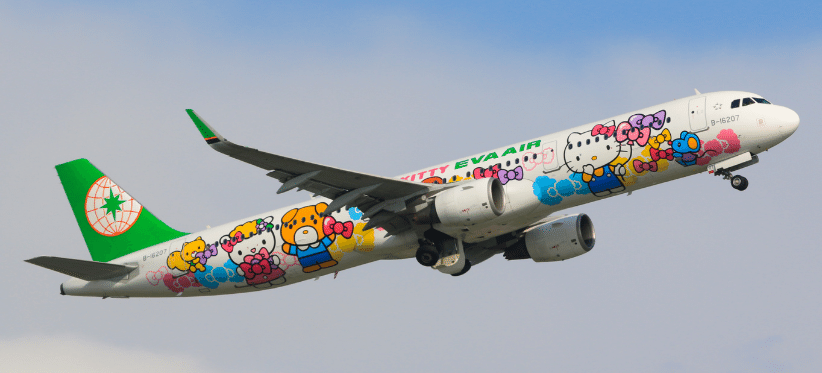Keeping the Brand Alive
Sometimes called ‘boomerang flights’, a number of well known airlines have marketed flights over the past year which take off from and land back at the same airport, generating plenty of publicity for the airline. These flights play into the desire among many travellers to take to the skies again at the same time as being a potent means to keep people talking about the airline and the experience of flying while widespread travel restrictions remain in place. These ‘flights to nowhere’ have also been called ‘desperate’, ‘a gimmick’, ‘escapism’, ‘freedom’ and ‘dumb’ but how widespread is the practice?
These flights may appear to be all about frivolity and fun but they also serve a purpose. Aside from generating some revenue, albeit a relatively small amount, for the airline they have been used as opportunities for duty free sales as planes circle outside national airspace, but more importantly they provide a talking point for the airline brand.
There are several airlines, mostly in Asia, which have made headlines with their flights to nowhere.
The first was possibly EVA Air which, having offered aircraft experiences based on aircraft on the ground, used one of its Hello Kitty themed aircraft for a special Father’s Day flight on 8 August (which is Father’s Day in Taiwan). The three-hour flight took off from Taoyuan and arrived back at the same airport and may have been the spur for other airlines to offer similar experiences. Weeks later EVA Air operated another flight to nowhere, this time at night and timed to coincide with the mid Autumn Festival. Leaving from Taoyuan, it looped around Taiwan’s main island, and offered a chance to see the Autumn moon from the skies, while the pilot tilted the wings for a better view, all while eating moon cakes. Another EVA Air flight was billed as a matchmaking flight – “Fly! Love is in the air”.
By September and October other airlines were offering their versions. Tigerair Taiwan launched a similar operation with a 1,300 mile flight north of Taiwan, round Jeju and back. In October Qantas hit the headlines with their own scenic flight, this time flying over the outback and the Great Barrier Reef; tickets sold out in 10 minutes. Qantas has operated more scenic flights since then and in the past few months has operated a three-hour joyride flight using a 787 Dreamliner aircraft, offering travellers a chance to see the full lunar eclipse and the May supermoon, and another to the Southern Lights. This time tickets sold out in less than 3 minutes.
Other airlines offering scenic flights include All Nippon Airways, which operated a Hawaiian-themed flight, Hong Kong Express and Royal Brunei. Air Busan partnered with Lotte Duty Free to offer VIP customers a chance to buy duty free goods while in the air. Experimenting with aircraft experiences has not been just about flying; many airlines have been offering ground-based tastes of what flying is all about with pop-up restaurants on aircraft and inflight meals to have at home. Singapore Airlines, which has also provided aircraft-based experiences on the ground where the public can meet the pilots, eat airline food, tour the aircraft and children can dress up as flight attendants, played with the idea of operating flights to nowhere but backed off at the prospect of a backlash from environmental campaigners.
While all these flights make headlines they are not part of a regular schedule of flights; they are operated as charter flights, are ad hoc and few and far between. They may work wonders for bringing back a sense of the magic of air travel, but they are no replacement for the asset utilisation or revenue that operating scheduled flights brings to the airline.
OAG captures data on all scheduled flights operated. Despite the massive dent in air services caused by the pandemic, there were still 10.9 million scheduled flights operated or due to operate in the first six months of 2021. Between them, these flights have over 1.5 billion seats. While there are some scheduled flights included which have the same departure airport and arrival airport, these flights make up a tiny fraction of the total, just 0.11% of all flights. None of the airlines listed above are among the airlines operating these flights which are mainly small carriers operating small aircraft to take people on aerial sightseeing tours such as the flights from Kathmandu around Everest and back, or around the Cayman Islands. Capacity on these scheduled flights makes up just 0.003% of all scheduled capacity.
So, while high profile flights to nowhere operated by legacy airlines may make a splash in the newspapers, that is precisely the intention. They are no substitute for running an airline but they do help promote a certain nostalgia for flying and keep brand identities alive.



